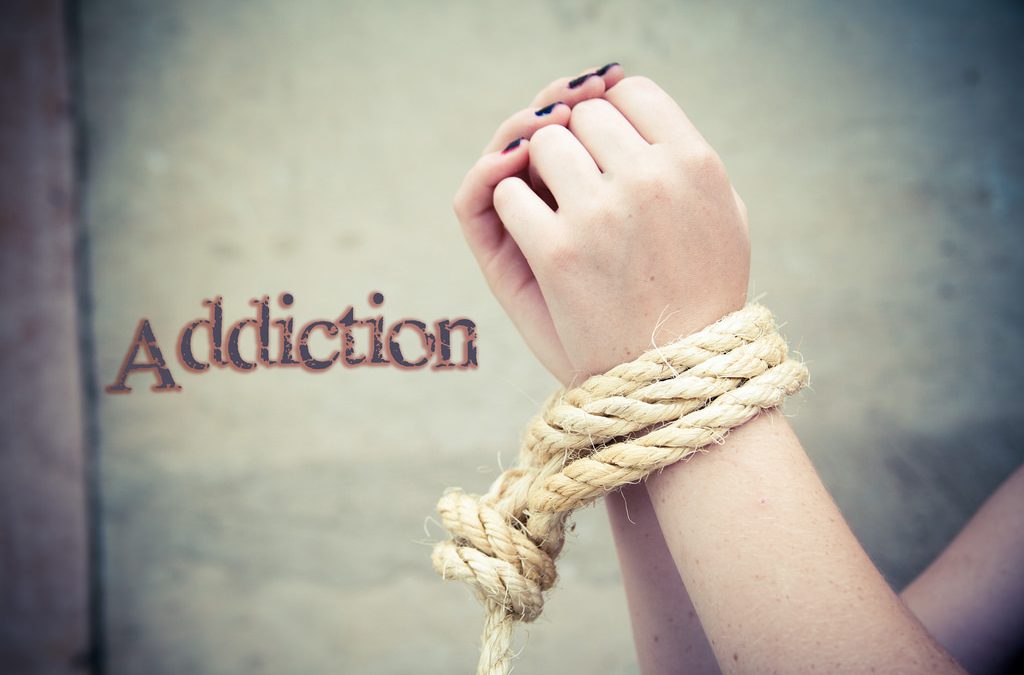Addiction treatment method remains as one of the most crucial subject if not the most controversial one. A conventional addiction treatment usually involves therapies or pharmaceuticals. If society wants to eliminate addiction why then the medical community continues to use more opioids for treating drug addiction?
Obviously, we want answers as much as the Congress does. Using opioids derived pharmaceuticals as a form of treatment for opioid addiction was the focus of the recent hearing at the Capitol Hill earlier this year. In response to this very important question, the National Institute on Drug Abuse and the National Institute of Neurological Disorders and Stroke assure the government that scientists and medical professionals work tirelessly to develop alternative treatment method for addicts that can be a good alternative for these rehabilitation drugs.
Detrimental effects of opioids
Opioids addiction is not an easy disorder to cure and treatment requires serious attention. Opioids affect mostly the brain and the nervous system including the limbic system, the brain stem, and the spinal cord resulting to feelings of euphoria and numbness, two of the most common effects of opioids that addicts continuously seek out for. Unfortunately, these are the exact reason why it’s very difficult to cure opioid addiction; the brain can easily get accustomed to these feelings, that it clings to it and doesn’t let go easily.
But it does not mean the human brain likes opioids. These drugs can alter the brain chemistry, making it more susceptible to its detrimental effects, seeking more of the drug itself. To lessen the pain of withdrawal symptoms that addicts experience during the initial stage of addiction treatment. Willpower alone to fight addiction is not enough; it an outdated statement which is also scientifically misguided.
Better treatment method
With the help of modern technology, scientists are now testing different effective methods of treating opioid addiction without the help of the traditional opioid-based pharmaceuticals. The US Food and Drug Administration recently approved several drugs for non-opioid medication to treat opioid withdrawal symptoms. Here are some of the important facts we need to read:
“At a hearing on Capitol Hill earlier this year, U.S. Senator Lamar Alexander asked an important question: Why is most of the treatment for opioid addiction more opioids?
In response, Nora Volkow, director of the National Institute on Drug Abuse, and Walter Koroshetz, director of the National Institute of Neurological Disorders and Stroke, did their best to assure the senator – and thus the nation – that scientists are hard at work developing treatments for addicts that are not just more of the same.
But even with a number of research projects to develop alternatives to opioids, the reality is that our brains don’t let go of an opioid addiction easily, if at all.
It’s not just that your brain likes opioids – whether it’s prescription pain relievers, heroin or synthetic opioids such as fentanyl – and responds to them with feelings of euphoria and warmth, helping you overcome pain. Opioids disrupt the normal functioning of your brain, making it harder for people to quit and more vulnerable to relapse.
Hacking the human brain
The hopeful news regarding the opioid crisis is that scientists are searching for promising targets in developing non-opioid treatments for addiction. For example, this year a Food and Drug Administration advisory committee voted to approve the high blood pressure medicine lofexidine as the first non-opioid medication to treat opioid withdrawal symptoms.
But in order to accomplish the feat of producing something that looks like a long-term answer to opioid addiction, scientists will have to hack the science of the human brain. Earlier this year, the NIH launched an initiative called Helping to End Addiction Long-term (HEAL) that takes an important step forward in doing just that. It funds research into potential new treatments aimed at the brain reward pathway – the regions of the brain where neurons release the neurotransmitter dopamine, which gives you a jolt of pleasure, makes you feel good and signals you to repeat this pleasurable behavior in the future. By developing these opioid alternatives, the strategy is to prevent opioid abuse, dependence and relapse.”
You can read the rest of the article here.

